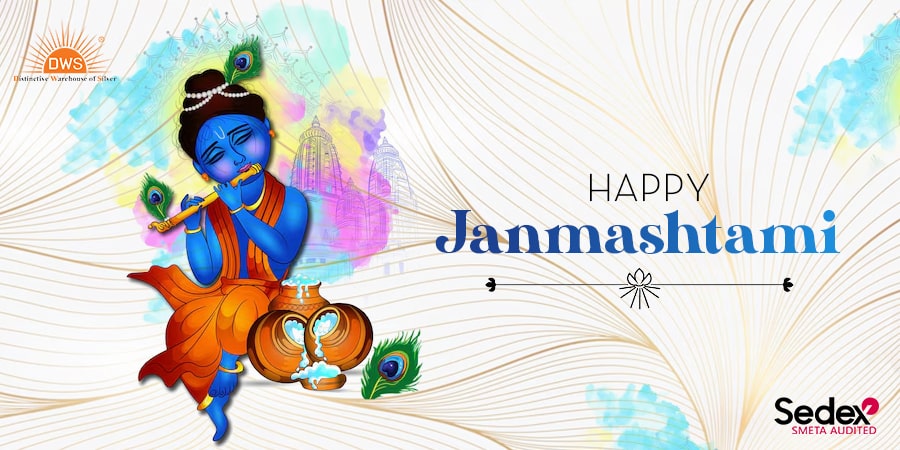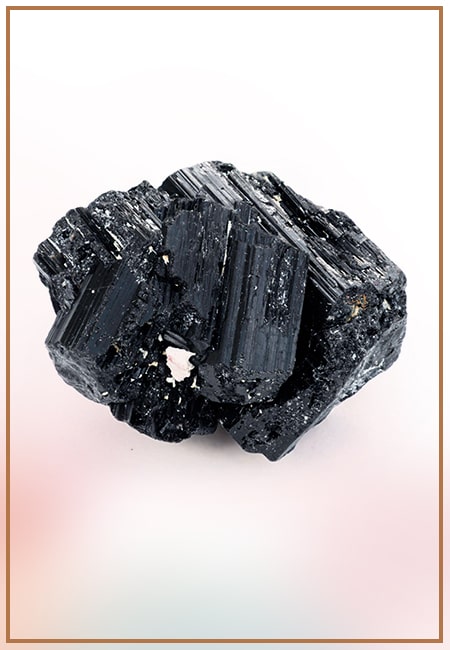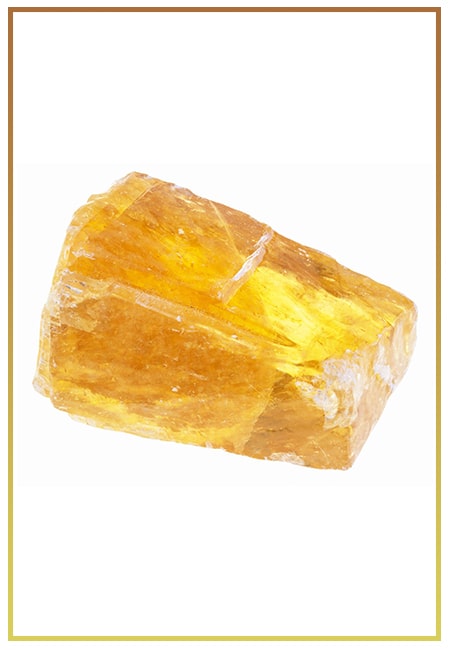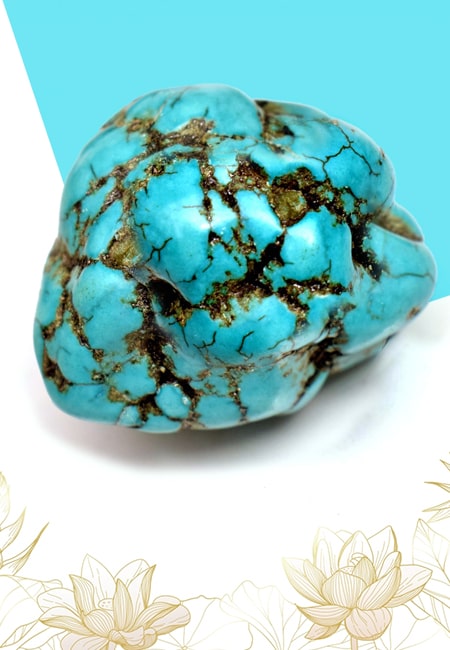- Written By Team DWS
- Festivals
- June 24, 2025
The Significance of Janmashtami in the Smarta Tradition
Janmashtami, the celebration of Lord Krishna’s birth, is one of the most joyous and significant festivals in the Hindu calendar. While it is widely observed across various sects of Hinduism, the Smarta tradition holds a unique understanding and reverence for this auspicious occasion. The Smarta tradition, rooted in the teachings of Adi Shankaracharya, emphasizes the worship of multiple deities, recognizing the divine in various forms. In this blog, we will explore the significance of Janmashtami within the Smarta tradition, highlighting its theological, cultural, and spiritual dimensions.

Historical Context
The Smarta tradition is characterized by a non-dualistic philosophy (Advaita) that encourages followers to acknowledge and worship multiple forms of the divine. Janmashtami, which typically falls in the month of Bhadrapada (August-September), is primarily associated with the life and teachings of Lord Krishna, who is considered an incarnation of Lord Vishnu—one of the principal deities within the Smarta framework. The festival celebrates not just Krishna’s birth but also his significant contributions to spiritual wisdom and dharma (righteousness).
Theological Significance
Within the Smarta tradition, Krishna is revered as the embodiment of divine playfulness (Lila), compassion, and wisdom. He is often associated with the concept of bhakti, a devotional practice of love for God. Unlike some other sects that may focus solely on Krishna as the supreme being, Smartas view him as one of the myriad forms of the divine, emphasizing the universal message of unity in diversity. This worldview fosters an inclusive approach to spirituality, respecting various paths towards attaining moksha (liberation).
Krishna as the Teacher: The teachings of Krishna, especially those found in the Bhagavad Gita, are pivotal in the Smarta tradition. The Gita emphasizes the importance of performing one’s duty without attachment to the results, a core tenet in Smarta philosophy. During Janmashtami, devotees often reflect upon these teachings, using them as a guide for living a life of righteousness and balance. The celebration is an opportunity to deepen one’s understanding of these moral and ethical dilemmas presented in the Gita, which Krishna elucidated to Arjuna on the battlefield of Kurukshetra.
Rituals and Celebrations
Janmashtami in the Smarta tradition is a multi-faceted celebration involving elaborate rituals, prayers, and communal gatherings. Devotees often prepare a variety of prasad (offerings) including sweets and fruit to honor Krishna. Homes are adorned with flowers, and pictures or idols of Krishna are placed on altars, decorated beautifully.
Dawn Celebrations: The festivities typically begin at midnight, the moment believed to be Krishna's birth. Smartas engage in puja (worship) that shifts from the preparatory phase of fasting and chanting to the more joyous aspects of the celebration. Devotees may sing bhajans (devotional songs) that narrate the exploits and teachings of Krishna, creating an atmosphere of divine love and joy.
Communal Celebrations: Communities often come together to celebrate Janmashtami, organizing dance and drama performances that recount Krishna’s life events, such as lifting the Govardhan Hill or stealing butter. The spirit of camaraderie fostered through these communal activities reinforces the idea that spirituality is not just an individual pursuit but a collective journey.
Spiritual Reflection
Janmashtami serves as a reminder for followers of the Smarta tradition to deepen their understanding of Krishna’s teachings. It is an opportunity to reflect on the qualities that Krishna embodies—playfulness, wisdom, and unconditional love. These attributes go beyond mere worship; they inspire practitioners to embody these traits in their daily lives.
In many households, this festival also encourages discussion and teaching of moral values derived from Krishna’s life. It fosters a sense of responsibility among devotees to live ethically and with compassion towards all beings, reinforcing the principles of dharma that are central to Smarta philosophy.
Conclusion
Janmashtami, in the context of the Smarta tradition, is a celebration that transcends mere ritual. It encapsulates a rich tapestry of theological beliefs, cultural practices, and spiritual reflections that resonate deeply with devotees. As followers engage in the joyous festivities, they are reminded not only of Krishna’s divine nature but of their own potential for spiritual growth and moral living. The occasion sparks an exploration of the profound teachings of the Bhagavad Gita, encouraging a life of righteousness, compassion, and unwavering devotion to the divine. In embracing the lessons of Janmashtami, Smartas reaffirm their commitment to a holistic understanding of spirituality, celebrating the diverse paths that lead to the ultimate truth.

Janmashtami (Smarta) FAQs: Your Guide to Celebrating the Birth of Lord Krishna
Certainly! Janmashtami is a significant Hindu festival that celebrates the birth of Lord Krishna. The festival is observed in various ways across India and among Hindu communities worldwide. Here is a list of frequently asked questions (FAQs) regarding Janmashtami, particularly from the perspective of those who follow the Smarta tradition.
Q1: What is Janmashtami?
A1: Janmashtami is a Hindu festival honoring the birth of Lord Krishna, the eighth incarnation of Lord Vishnu. It is observed on the eighth day (Ashtami) of the dark phase (Krishna Paksha) of the lunar month of Shravana (July-August).
Q2: What is the significance of Janmashtami in the Smarta tradition?
A2: In the Smarta tradition, Janmashtami is an occasion to celebrate devotion to Lord Krishna and recognize his teachings and the philosophy of the Smarta sect, which emphasizes the worship of multiple deities as various forms of the divine.
Q3: How is Janmashtami celebrated by Smartas?
A3: Celebrations may include fasting until midnight (the time of Krishna's birth), chanting of bhajans (devotional songs), performing puja (worship) of Krishna idols, and reading scriptures like the Bhagavad Gita and Srimad Bhagavatam. Some devotees might engage in plays depicting his life, also known as Raslila.
Q4: What rituals are observed during Janmashtami?
A4: Common rituals include:
- Dahi Handi: Celebrating the playful nature of Krishna through community activities, such as breaking pots filled with curd.
- Midnight Aarti: Performing a special aarti (waving of lamps) at midnight to honor Krishna’s birth.
- Offering of Prasad: Preparing and offering sweets and other delicacies to Krishna, often made with milk and curd.
Q5: Is fasting practiced on Janmashtami?
A5: Yes, many Smartas observe fasting on Janmashtami, typically refraining from consuming food until midnight. Some may choose to eat only fruits or a light meal, while others may fast completely.
Q6: What kind of food is prepared for Janmashtami?
A6: Foods offered to Lord Krishna during Janmashtami often include milk products such as butter, yogurt, and sweets like peda and kalakand. These items symbolize Krishna's love for dairy products, reflecting his childhood as a cowherd.
Q7: Are there specific prayers or mantras recited during Janmashtami?
A7: Yes, devotees may recite various prayers, chants, and mantras dedicated to Lord Krishna, including the Shri Krishna Ashtakshara Mantra and Bhagavad Gita verses. The chanting of bhajans themed around Krishna’s life is also a significant part of the festivities.
Q8: How does Janmashtami differ in various regions of India?
A8: While the core celebration of Janmashtami remains the same, regional practices may vary. In some places, dramatic reenactments (Raslila) are prominent, while in others, community celebrations like Dahi Handi take precedence. Different regions may also have unique traditional foods associated with the festival.
Q9: What role do temples play during Janmashtami?
A9: Temples often hold special worship services (Puja), cultural programs, and community gatherings. Many temples are beautifully decorated, and elaborate rituals are performed to celebrate the occasion, drawing in devotees from the surrounding community.
Q10: How can one participate in the celebrations?
A10: Participation can include visiting a temple, attending community celebrations, organizing family prayers at home, or engaging in charitable acts in honor of Lord Krishna’s teachings. Volunteering to help with festivities at local temples is also a meaningful way to engage with the community.
These FAQs provide an overview of the Smarta perspective on Janmashtami, reflecting the traditions, rituals, and significance associated with this joyous festival.
Popular on Blogs

Black Tourmaline: Meaning, Healing Properties, Fascinating Facts, Powerful Attributes, Versatile Uses, and Beyond
September 05, 2023 / BY Team DWS
Black Tourmaline, also known as Schorl, is a highly revered crystal with incredible metaphysical properties. It derives its name from the Dutch word "turamali," meaning "stone with ..

Carnelian Stone: Meaning, Healing Properties, Power, Facts, Color, Uses and More
December 26, 2023 / BY Team DWS
Carnelian is a vibrant and captivating gemstone that holds a plethora of meanings, healing properties, and powers. Its warm and fiery energy makes it a popular choice among crystal ..

Citrine: Exploring its Meaning, Healing Properties, Fascinating Facts, Powers, Versatile Uses, and Much More
November 18, 2023 / BY Team DWS
Citrine, with its warm golden hues, has captured the attention and imagination of people for centuries. This beautiful gemstone, commonly associated with wealth and prosperity, hol ..

Black Onyx: Unveiling the Meaning, Healing Properties, Fascinating Facts, Powerful Attributes, Versatile Uses, and Beyond
July 25, 2023 / BY Team DWS
Black Onyx, a striking gemstone admired for its deep black hue and elegant appearance, has captivated people for centuries. In this comprehensive guide, we will delve into the mean ..

Unveiling the Mysteries of Turquoise Stone: Exploring its Meaning, Healing Properties, Power, Facts, Color, Uses, and More
December 05, 2023 / BY Team DWS
Turquoise, with its captivating blue-green hue, has been adorning jewelry and artifacts for centuries. This striking stone has a rich history, rich symbolism, and a plethora of int ..

The History Behind The Popularity of Red Agate
December 23, 2022 / BY Team DWS
An Agate is a type of magma rock that takes many years till it is washed out naturally into the water. And that is the reason this stone has elements of water. This beautiful stone ..

Bloodstone: Unveiling the Meaning, Healing Properties, Facts, Powers, Uses, and More
August 21, 2023 / BY Team DWS
Bloodstone, with its captivating deep green color with specks of red, is a mesmerizing gemstone that has fascinated civilizations for centuries. It possesses unique healing propert ..

Plan a Perfect Valentine's Week with Our Valentine Week List 2025
January 22, 2024 / BY Team DWS
Valentine's Day is undoubtedly the most romantic day of the year, but we believe that one day is just not enough to express your love and make your partner feel special. That's why ..


